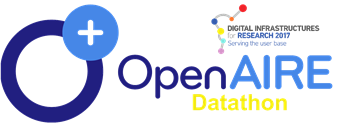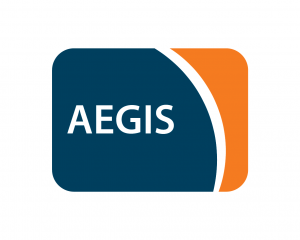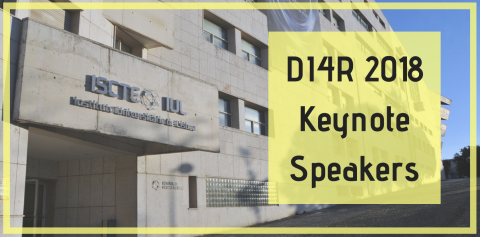Find out more about the events associated with DI4R2017:
OpenAIRE Datathon - 30th November 2017 - 28th February 2018
 The OpenAIRE datathon aims at stimulating developers and data scientists at analysing the OpenAIRE Information Space, with the intent of improving its consumption by users and third-party services. The OpenAIRE information space consists of a scholarly communication graph interlinking publications, datasets, software, research organizations, funders, and projects. The graph is the result of harvesting metadata from about 3000 data providers, harmonizing such metadata, and keeping or inferring links between graph objects described by such metadata. Inference is the result of text-mining a pool of Open Access article full-texts, which numbers around 6 Million full-texts. The graph counts around 60M objects; it is openly accessible via APIs and a web portal and is used today to offer research impacts statistics (e.g. number of products linked to given funders), Open Access trends (e.g. Open Access ratio of products published by given funders), and discovery of interlinked scholarly products (e.g. articles linked to datasets, software linked to articles for communities).
The OpenAIRE datathon aims at stimulating developers and data scientists at analysing the OpenAIRE Information Space, with the intent of improving its consumption by users and third-party services. The OpenAIRE information space consists of a scholarly communication graph interlinking publications, datasets, software, research organizations, funders, and projects. The graph is the result of harvesting metadata from about 3000 data providers, harmonizing such metadata, and keeping or inferring links between graph objects described by such metadata. Inference is the result of text-mining a pool of Open Access article full-texts, which numbers around 6 Million full-texts. The graph counts around 60M objects; it is openly accessible via APIs and a web portal and is used today to offer research impacts statistics (e.g. number of products linked to given funders), Open Access trends (e.g. Open Access ratio of products published by given funders), and discovery of interlinked scholarly products (e.g. articles linked to datasets, software linked to articles for communities).
The data challenges The datathon encourages teams of computer scientists, data scientists and experts from other fields to join the challenge of studying and analysing the OpenAIRE graph to enhance its discovery and statistical capabilities, in order to better serve the mission of Open Science. Four main OpenAIRE datasets will be made available as Linked Open Data, Scholix exchange format (JSON scholarly graph representation), XML collections, and full-text collections.
Topics Buzz-topics leading the challenge are:
- Enabling multi-disciplinary or discipline-specific discovery and stats functionality;
- Novel techniques to enable measurement of scientific impact, e.g. counters, links, provenance;
- Innovative techniques to measure scientific impact, e.g. measures of quality;
- Enabling reproducibility, e.g. re-use oriented metadata, meaningful interlinking of objects;
- De-duplication of the information space, e.g. disambiguation of authors, disambiguation of organizations.
Prizes The two teams proposing the most outstanding and innovative solutions will be awarded a prize (one Apple iPad Pro) and a featuring on the OpenAIRE web site.
Important dates The datathon will last 3 months, starting on November 30th 2017 (opening day of DI4R 2017) and ending on February 28th, 2018. During this period, Teams can register at any time until the 15th of January 2018; after such a date, registrations will be closed. For more information on registration and competition rules visit the datathon web site at http://datathon.openaire.eu.
Twitter: @oaire_datathon
 AARC Engagement Group for Infrastructures (AEGIS) Workshop - 29th November from 13:00 to 17:00
AARC Engagement Group for Infrastructures (AEGIS) Workshop - 29th November from 13:00 to 17:00
The AARC Engagement Group for Infrastructures (AEGIS) brings together representatives from research and e-infrastructures, operators of AAI services and the AARC team to bridge communication gaps and make the most of common synergies. This workshop will offer an interactive session where researchers and research infrastructures present their use-cases and more in general describe how they do their daily work and which obstacles they face to access resources. Some solutions will be presented in light of benefits they bring to researchers and research infrastructures if adopted, maturity and service models.
For logistic reasons we kindly ask you to register for this event at https://eventr.geant.org/events/2787
Schedule
-----------
1. Introduction of the day and how we will work together
2. Federated Access management, why, how and when
3. Let's talk: round tables to understand who the researchers are, where they are, their main requirements (enhance and extend FIM4R), and main problems
14.45 -15.15 Break
4. Let's talk: round table to understand what AAI services are available and what they mean for the researchers. Inputs to define a roadmap for the next 2 years
5. Summary of main findings and identify where work should continue (AEGIS, EOSC, GN4, and others).



